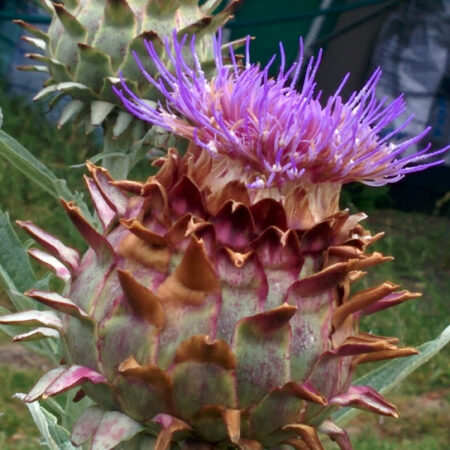Description
Calendula (Calendula officinalis), often called Pot Marigold, is a cheerful, easy-to-grow annual beloved for its bright orange and golden daisy-like blooms. With a long history of medicinal and culinary use, Calendula brings both beauty and usefulness to the garden. It flowers prolifically from spring through late autumn, especially if regularly deadheaded, and self-seeds readily, making it a long-term companion in cottage and herb gardens.
It thrives in full sun to part shade and prefers moderately fertile, free-draining soils, though it is tolerant of poor soils and variable conditions. In New Zealand, Calendula is hardy in most regions and will often self-sow from year to year. Plants typically reach 30–60 cm in height with a spread of 25–40 cm, forming bushy clumps covered in glowing blooms that brighten any bed or border.
Calendula is one of the most valuable medicinal herbs, its petals and resin-rich flower heads being renowned for their soothing, anti-inflammatory, and healing properties. It is widely used in salves, teas, tinctures, and skincare remedies for cuts, rashes, and minor skin irritations. The edible petals add a splash of colour to salads, soups, and baking, while the flowers also serve as a natural dye. In the garden, Calendula is a fantastic companion plant, repelling pests and attracting bees, hoverflies, and other beneficial pollinators.
Whether planted in a cottage border, herb garden, or vegetable patch, Calendula is a true multi-purpose plant — offering medicine, food, beauty, and biodiversity support all in one.









